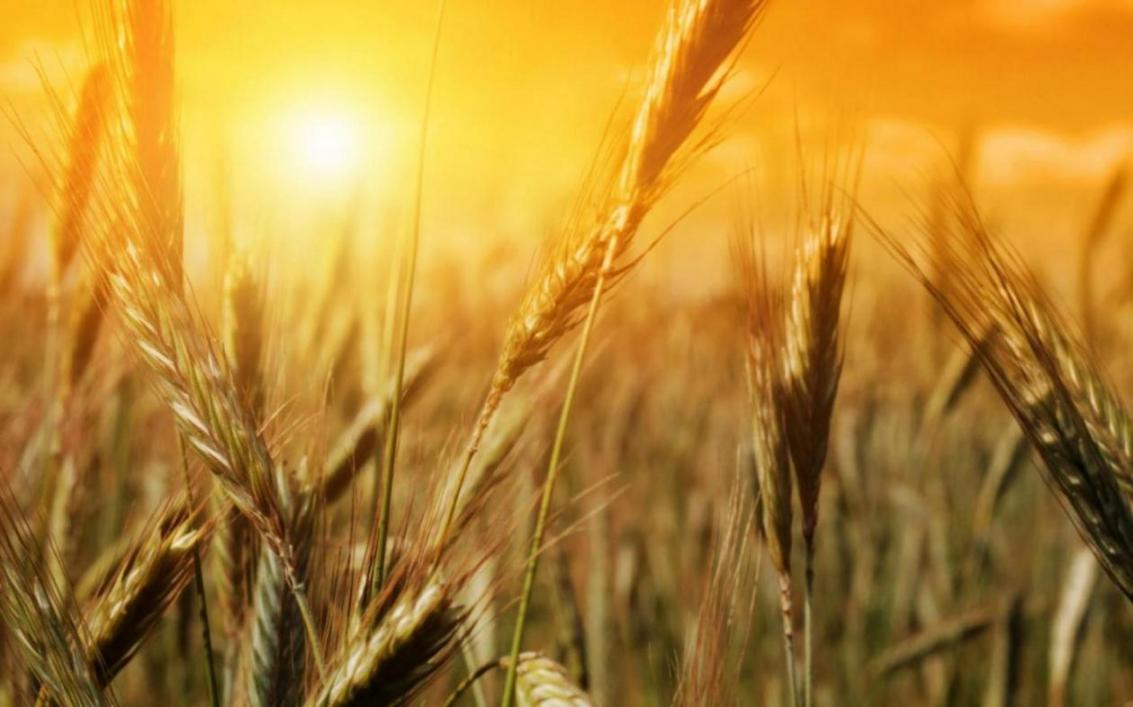Investment policies of President Hassan Rouhani and his economic team to improve agro-infrastructure, such as improvement of irrigation systems, will help Iran produce better quality grains, a report says.
In its November report, Business Monitor International (BMI) forecasts that Iran’s livestock and dairy sectors in the short and medium term will improve.
A recovery in farms’ profitability will help production to grow in 2013-2014 after two seasons of stagnation on the back of skyrocketing feed prices, the report says.
In the medium term, the easing of sanctions is likely to boost the Iranian economy, paving the way for substantial foreign investment that has been on hold due to sanctions imposed by the US, EU and UN over Tehran’s nuclear energy program in the past few years.
Supply
Grain production in 2014-2015 will record mixed results, as BMI forecasts wheat production to decline, while corn and barley output will grow. BMI has revised down its estimate for wheat production, as drought conditions over 2014 affected yields. It now sees production coming at 13.2mn tons, down 7.0percent year-on-year (y-o-y), compared with a previous forecast of 14.1 million tones. Corn production will grow by a weak 1.1 percent y-o-y to 1.8 million tons, while barley will show strong growth of 5.0 percent y-o-y to 3.4 million tons.
Over the long term, wheat yields are expected to improve owing to the modernization of technology, including hardier grains variants, greater access to relevant inputs and a larger area of the country benefiting from new irrigation facilities. However, despite recent improvements, wheat yields in Iran are still fairly low by world standards - comparable to the level seen in Turkey but some way below that of Pakistan.
BMI’s forecast to 2017-2018 sees wheat production increasing by 6.5 percent on the 2012-2013 level to 14.7 million tons. The longer-term outlook for corn is optimistic, but coming from a low base in 2012-2013: BMI forecasts corn production to increase by 40.8 percent to 1.8 million tons in 2017-2018. It expects barley production in 2017-2018 to be up 9.7 percent on 2012-2013, at 3.7 million tons.
Demand
One of the biggest factors likely to influence demand for grains over the forecast period is the ongoing effort by Iran’s government to phase out food subsidies in a bid to limit the country’s fiscal concerns. Economic sanctions may also drive prices up due to their negative impact on the capacity of importers to gain access to credit, although government intervention in the form of direct trade negotiations with major wheat-producing countries may mitigate the effects of this. As a result of these factors, food prices are at elevated levels. In 2015, BMI expects domestic consumption of wheat to decline in line with production, by 0.5 percent y-o-y to 16.8mn tons. It forecasts a 4.0 percent growth in consumption for corn; demand for barley is forecast to rebound by 5.0 percent following the steep decline recorded in 2013-2014.
As the government phases out bread subsidies, BMI anticipates wheat consumption growth to be lackluster. It forecasts envisage wheat consumption growing by 9.4 percent on the 2013 level to 17.9 million tons in 2018. Barley and corn consumption will show stronger growth owing to the needs of the livestock sector. Corn consumption is forecast to grow by 18.2 percent to 6.9 million tons, while barley is forecast to grow by 5.3 percent to 4.8 million tons. Production growth for barley and wheat will generally outpace consumption growth (controlling for base effects). Despite this, Iran will remain dependent on imports to fulfill its grain needs through to 2018. The recent progress in negotiations between Iran and Western countries over its program could help to ease sanctions.
Improving Food Security
Pressure on Iran’s grains imports escalated significantly in 2013 owing to the tightening of international sanctions in connection with its nuclear energy program. The country is trying to diversify its supplier base in order to improve food security. Despite recording a bumper wheat crop in 2013-2014, Iran will maintain relatively high imports as it maintains its stockpiling policy.
Grain imports are likely to remain historically elevated in 2013-2014 and 2014-2015, as Iran maintains an active stockpiling policy in order to foster its food security and avoid public unrest despite soaring food prices. Wheat imports should ease, as the rebound in domestic production in 2013-2014 and 2014-2015 and high stocks (at 6.5 million tons at the beginning of the 2014-2015 season, compared with the 10 year average at 3.5 million tons) will limit import needs. BMI believes imports will exceed the production deficit of 1.4 million tons, and hover around 4 million-5 million tons in 2013-2014 and 2014-2015, compared with 6.6 million tons in 2012-2013.


